How to Build a Low-Cost Home
Self-building does not have to mean creating a giant mansion full of the latest designer goodies. Few of us are blessed with huge budgets, and many of us simply want a typical family home.
Affordability is a big issue, but this varies from locations to location. The aim is the same across the country – getting a nice house for less money. Anyone can spend cash, and it’s very easy to blow a budget out of the water by simply buying the wrong things.
With that in mind, let’s look at how to build a low-cost home.
The right attitude
First and foremost, you need to adopt the right mindset.
Building on a budget means that some element of compromise will invariably be required. You might not end up in the perfect location; you might not be surrounded by designer fixtures and fittings; and you might not have vast acres of open-plan space – but that doesn’t mean you can’t still have an amazing house.
The Wee House – A £64k Self-Build HomeAs she couldn’t afford anything on the market in the location she wanted, Jennifer Hope decided to self-build on a plot on her parents’ land. She created a cosy 40m2 dwelling, which she used as a prototype to start her own firm – The Wee House Company. The timber frame home has one bedroom, a kitchen, shower room and living area, and cost a total of £64,660 to build |
Think of this first adventure as a stepping stone.
If you can get this project right, your new home should make you a profit. By repeating the process and reinvesting in a slightly bigger and better house next time, you may eventually reach the nirvana of your ultimate dream home.
Working out costs
Budgeting is key, and realism is essential.
Clarify your overall budget after land costs, and then take away a sensible figure to cover additional expenses like statutory fees, insurances and warranties. This final figure is what you have to construct the house.
11 Affordable Homes Build for Under £200,000These 11 affordable houses prove that building an impressive project on a small budget is possible. From circular straw bale homes to Japanese-style cottages, these inspiring self build schemes all use varied and imaginative materials to remain on budget. |
You can use Build It’s free online calculator to get an idea of what it should cost in your chosen location.
It is worth considering that construction is relatively cheaper the larger the property. This is because expensive overheads like plant hire and scaffolding get absorbed over a greater area.
By the same token, it can be proportionately more expensive to build a smaller house or an extension on an existing house.
Buying land
The hardest part of an economical self-build is probably going to be getting the plot at an affordable price.
Learn how to find the perfect plot with Build It expert Mike Dade
If you already have a plot then the building part can be done surprisingly cheaply. The biggest mistake I see is people on a tight budget blowing half or more of their funds on the plot and then trying (and failing) to build their dream house with what’s left.
You will need to be realistic about location. You should consider building off the beaten track. For instance, maybe avoid main commuter routes or idyllic villages.
A simple design
Any architect or designer worth their salt will tell you that good design does not have to cost the earth. If you want to build on a budget, then don’t design something that will be expensive to construct.
How to Self-Build on Shoe StringsBuilding on a budget can be difficult, but it usually boils down to a few simple techniques. In this article Built It editor Chris Bates outlines the fundamental steps to frugal building success. |
You need to think ‘simple’, and the simplest design is a four-sided box with a two-sided pitched roof. If you think that sounds boring, look at any traditional rectory-style design; the result can be truly stunning if done right.
The cost of building a home increases as more complex features are added. By this I mean dormer windows, gables, external chimneys and anything involving architectural glass and curves.
All of these elements take more time to build and require specialist fixtures and fittings, which add cost.
Material specification
To build cost-effectively, you need to think like a developer.
Install stuff that looks great, but doesn’t cost the earth. Hunt down discounted goods on auction websites. Complete ex-display kitchens can be bought for next to nothing on eBay and can save you thousands of pounds.
For conventional materials, stick to standard production sizes and avoid anything bespoke. Buy as much as you can from one merchant to maximise discounts, compare costs and haggle, haggle, haggle…
Affordable routes
Project managing the individual trades yourself will be significantly cheaper than hiring a main contractor.
I would also suggest that timber frame is probably the best build system for a low-cost project. There is less risk of quality issues during the build because the frame will be built to high levels of accuracy. Once the frame is up and it’s watertight, it is also far easier for you to manage the follow-on trades to completion.
My mantra to self-builders is always to start with a sensible budget. Also, be aware that it usually costs a bit more money and takes a bit longer to build than you planned. I stand by that, but I have to take my hat off to those stalwarts who – through dogged determination and sheer bloody-mindedness – build with virtually no money at all.
Main image: To fulfil his self-build dream, David Murdoch built a characterful cottage in the walled garden of a grand historic property. The 120m2 oak frame house took 36 weeks to complete and David managed the majority of the project himself to help to keep costs low. The home has two bedrooms, one with an ensuite, and an open plan ground floor layout. It cost just £177,335 to construct.
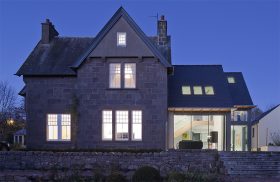
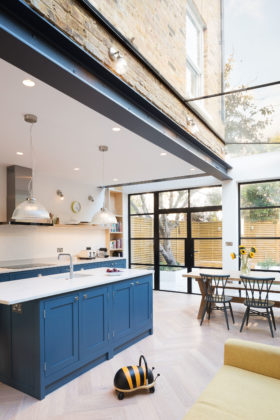






























































































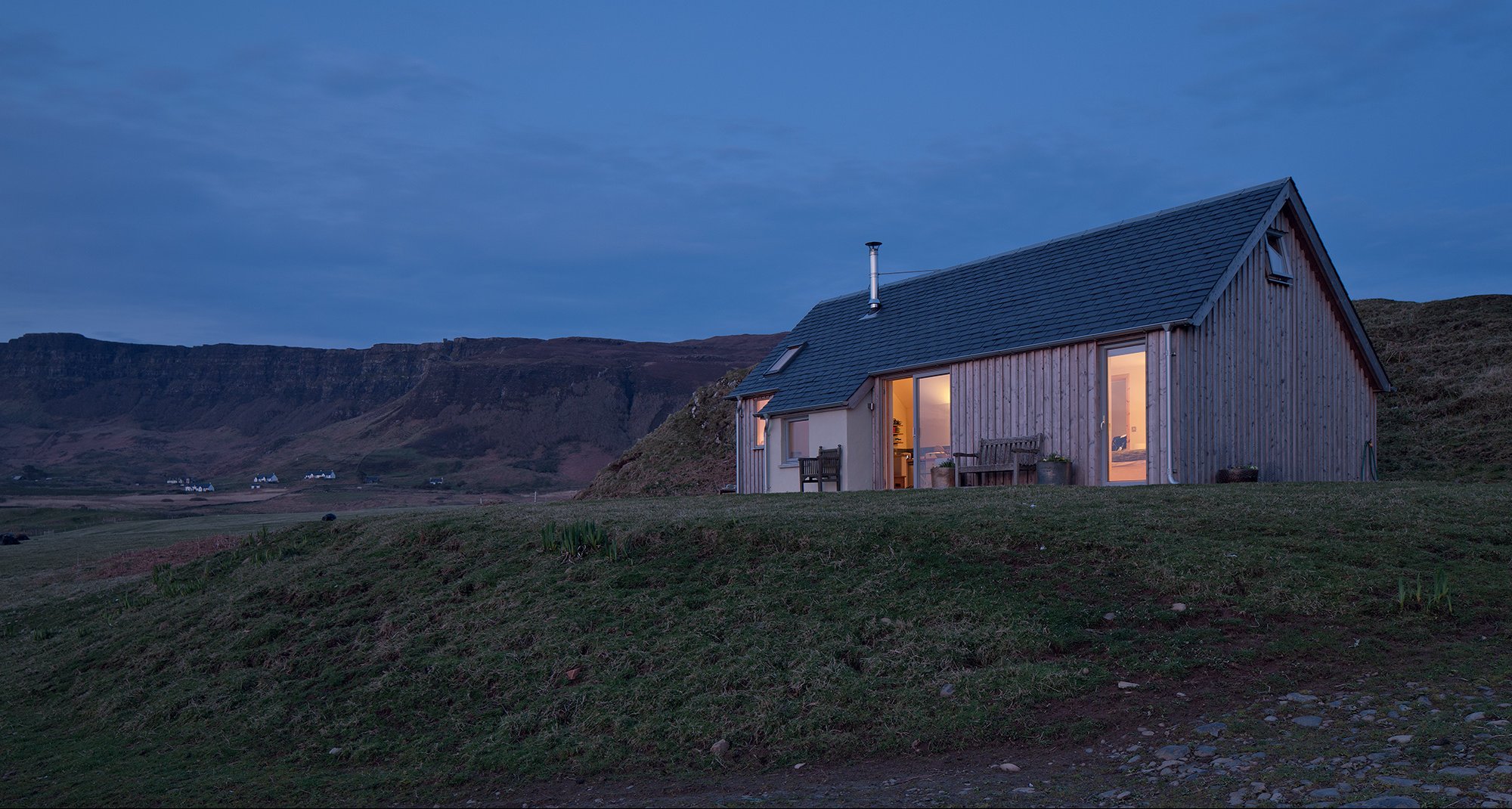
 Login/register to save Article for later
Login/register to save Article for later

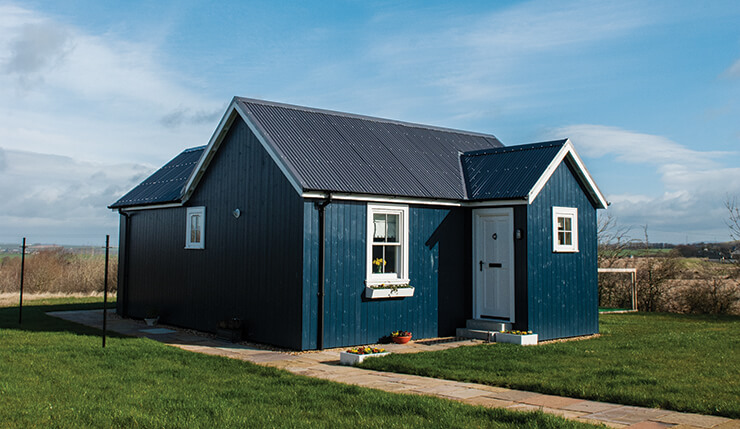
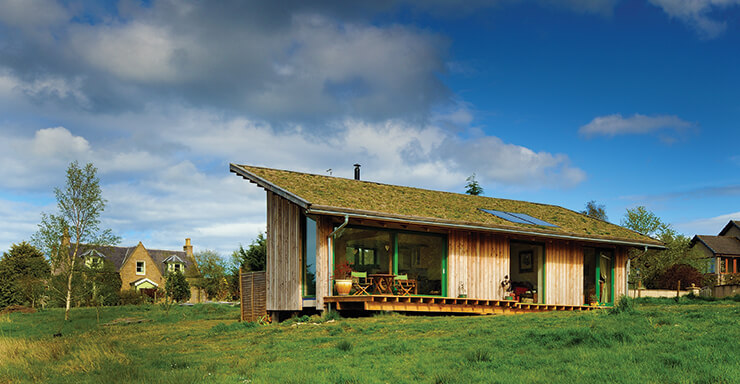
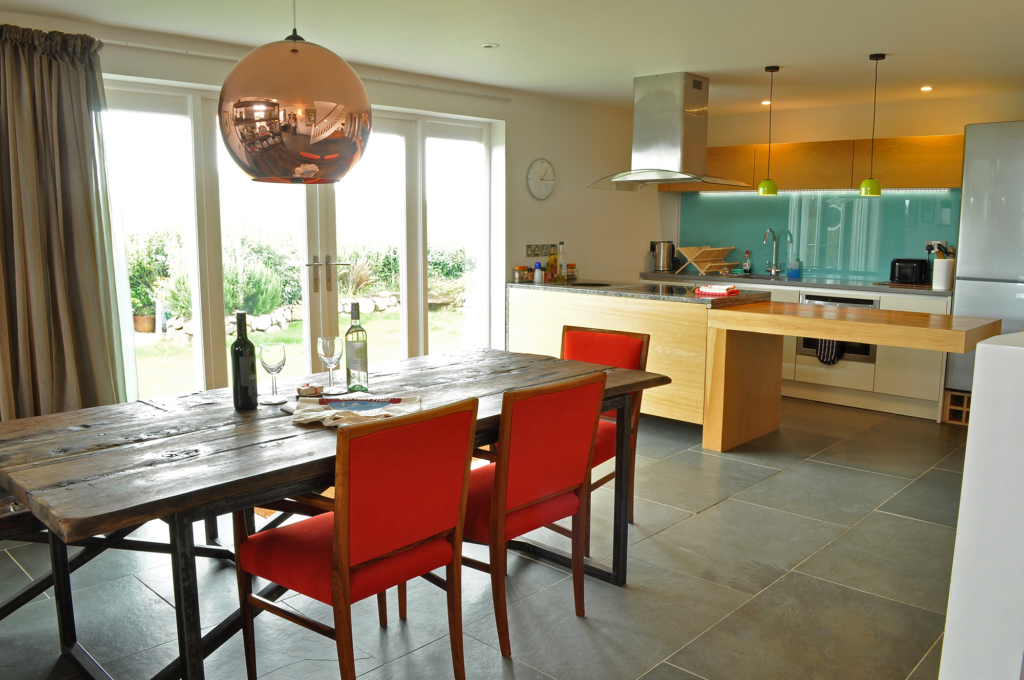
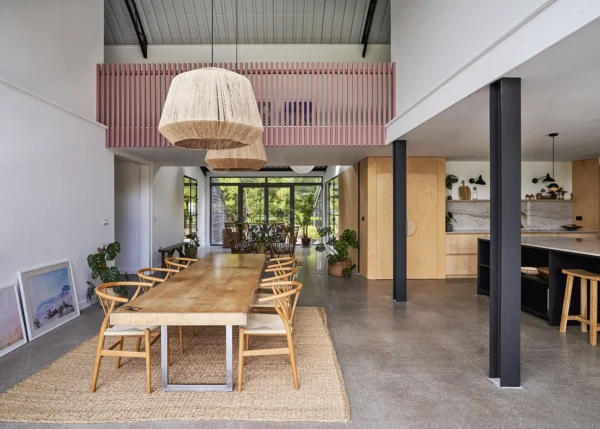

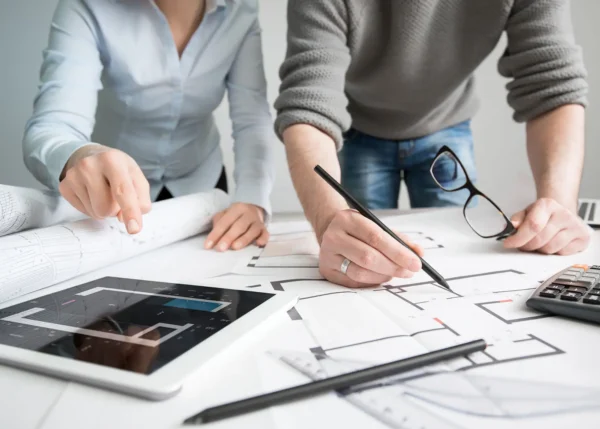
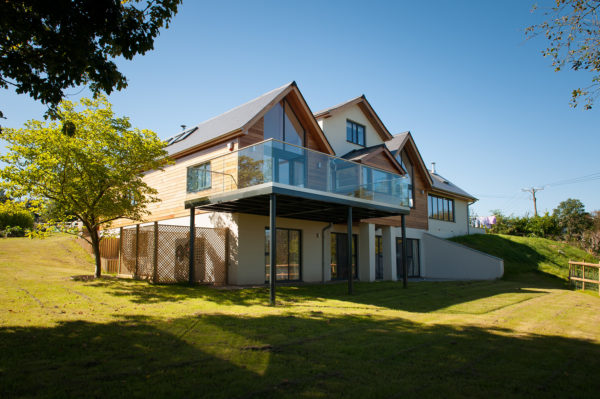

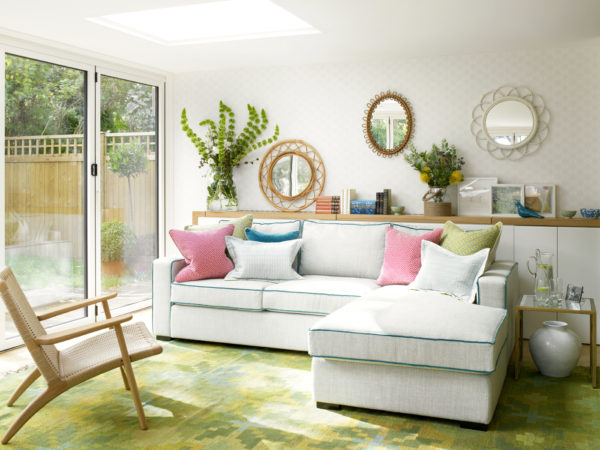
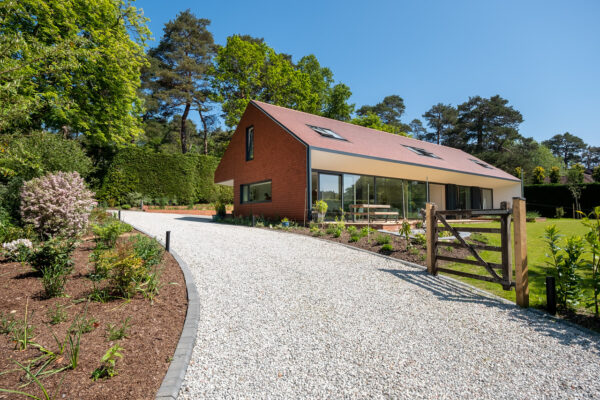




Comments are closed.